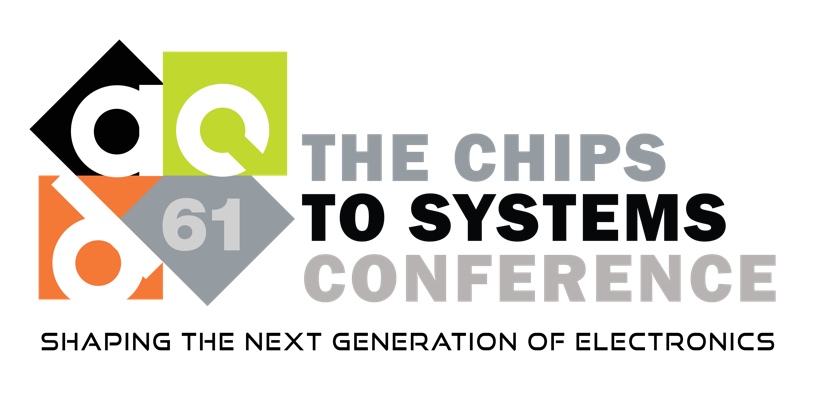Presentation
Streamlining Design Complexity with IP-Centric Design
DescriptionSemiconductor design complexity has increased exponentially in recent years. Teams have gone from building relatively simple designs across a handful of design centers to building platforms of staggering complexity across multiple, geographically dispersed, integrated design centers. Meanwhile, time to market pressures continue to intensify.
To face these challenges, organizations must increase efficiency across all aspects of the design lifecycle. One effective way to do this is through the Transformation Model for IP-Centric Design: a blueprint for improving IP reuse, end-to-end traceability, and collaboration at enterprise scale.
Currently, most teams employ a traditional, project-centric, "copy-and-modify" design methodology. While this approach worked well when projects and teams were smaller, today the inefficiencies of project-centric design are clear. Projects are siloed, so teams end up re-solving the same problems and manually tracking IP, project-by-project. This lack of centralized coordination makes it difficult to pool resources, meet compliance requirements, or scale design and development.
This is where an IP-centric design methodology comes into play.
IP-centric design creates a centralized system for design management across varied projects, cross-functional teams, and globally dispersed design centers. By transitioning to an IP-centric design methodology, organizations can achieve the goal of a streamlined, fully traceable, horizontally scaling, single source of truth for all design management needs across hardware, firmware, and software projects and platforms. The benefits include improved collaboration, accelerated design, more informed build vs. buy decisions, and a streamlining of efforts across design teams.
To face these challenges, organizations must increase efficiency across all aspects of the design lifecycle. One effective way to do this is through the Transformation Model for IP-Centric Design: a blueprint for improving IP reuse, end-to-end traceability, and collaboration at enterprise scale.
Currently, most teams employ a traditional, project-centric, "copy-and-modify" design methodology. While this approach worked well when projects and teams were smaller, today the inefficiencies of project-centric design are clear. Projects are siloed, so teams end up re-solving the same problems and manually tracking IP, project-by-project. This lack of centralized coordination makes it difficult to pool resources, meet compliance requirements, or scale design and development.
This is where an IP-centric design methodology comes into play.
IP-centric design creates a centralized system for design management across varied projects, cross-functional teams, and globally dispersed design centers. By transitioning to an IP-centric design methodology, organizations can achieve the goal of a streamlined, fully traceable, horizontally scaling, single source of truth for all design management needs across hardware, firmware, and software projects and platforms. The benefits include improved collaboration, accelerated design, more informed build vs. buy decisions, and a streamlining of efforts across design teams.
Event Type
Exhibitor Forum
TimeTuesday, June 2511:15am - 11:45am PDT
LocationExhibitor Forum, Level 1 Exhibit Hall


